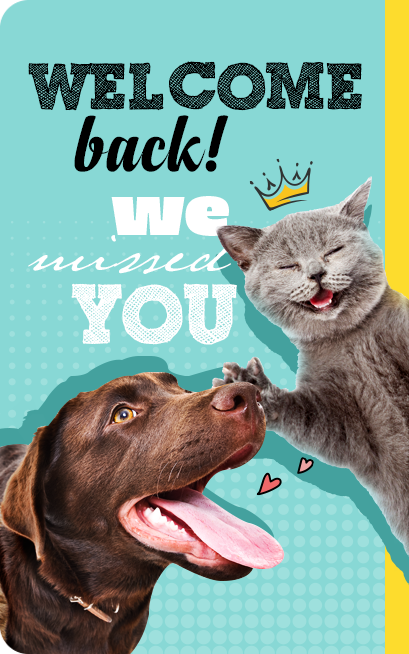About The Pug, A Lovable Companion
Posted by Muskan bhardwaj on

Introduction
Ancestors and Origin

The Pug is a breed with a fascinating history that dates back over 2,000 years. Originating in China, Pugs were cherished by Chinese emperors and nobility as lap dogs and companions. They were highly valued for their charming personalities and were often pampered and adorned with luxurious clothing and accessories.
During the 16th century, Dutch traders brought Pugs to Europe, where they quickly became popular among European nobility, particularly in the Netherlands and England. The breed's distinctive appearance and affectionate nature endeared them to many, and they soon became fashionable pets among the upper classes.
Nature

Pugs are renowned for their loving and playful nature. They are often described as "shadows" due to their tendency to follow their owners everywhere. Pugs are highly social dogs and thrive on human companionship. They are known for their charming and clownish behavior, which often brings joy and laughter to their owners' lives.
Pugs are also known for their loyalty and devotion to their families. They form strong bonds with their owners and are known to be protective of them. Despite their small size, Pugs have a big heart and a fearless attitude, making them excellent watchdogs.
Health

While Pugs are beloved for their adorable looks, they are also known for their unique health needs. One of the most significant health concerns for Pugs is their brachycephalic (short-nosed) anatomy, which can lead to breathing difficulties, especially in hot or humid weather. Pugs are prone to heat exhaustion and should be kept in a cool, well-ventilated environment during hot weather.
Pugs are also susceptible to obesity, so it's essential to monitor their diet and exercise levels to maintain a healthy weight. Regular veterinary check-ups are crucial to monitor their overall health and address any potential issues early on.
Additionally, Pugs are prone to certain genetic health conditions, such as hip dysplasia, skin infections (due to their wrinkles), and eye problems. Responsible breeding practices and regular veterinary care can help mitigate these risks and ensure the health and well-being of Pugs.
Grooming

Despite their short coat, Pugs do require regular grooming to keep them looking and feeling their best. They shed moderately year-round, so regular brushing is necessary to remove loose fur and minimize shedding. Brushing also helps distribute the natural oils in their coat, keeping it healthy and shiny.
Pugs have adorable wrinkles on their face, which can accumulate dirt and moisture if not properly cleaned. It's essential to gently clean their wrinkles with a damp cloth and thoroughly dry them to prevent skin infections. Regular nail trimming, ear cleaning, and dental care are also important aspects of Pug grooming to ensure their overall health and well-being.
Price

The cost of a Pug can vary widely depending on several factors, including the breeder, pedigree, and location. On average, a Pug puppy from a reputable breeder can cost anywhere from $600 to $2,500 or more. It's important to do thorough research and find a reputable breeder to ensure you are getting a healthy and well-socialized puppy.
Different Shades

Pugs come in a variety of colors, with fawn and black being the most common.
- Fawn Pugs have a coat that ranges from a light tan to a deep apricot color.
- Black Pugs have a shiny black coat that is highly sought after by many Pug enthusiasts.
- Pugs can also come in silver and apricot shades.
- Silver Pugs have a coat that appears silver-gray.
- Apricot Pugs have a lighter, more orange-toned coat.
- Regardless of their color, all Pugs share the same endearing personality and charming demeanor that have made them beloved pets for centuries.
Conclusion
The Pug is a unique and lovable breed with a rich history and a distinctive appearance. They are cherished for their playful nature, loving disposition, and unwavering loyalty to their families. While they do require special care due to their brachycephalic anatomy, Pugs make excellent companions for individuals and families alike, bringing joy and laughter wherever they go.






